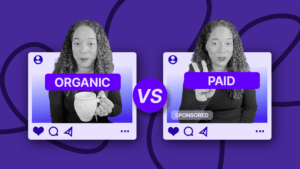Top 7 Tagbox Alternatives
With over 7 years of e-commerce experience, Agne has mastered the balance of creativity and performance. From guiding social media strategies to crafting high-converting ads, she’s all about results.
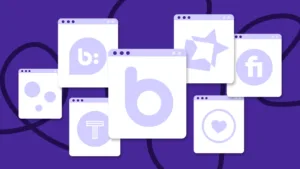
Are you looking for Tagbox alternatives that excel in helping you manage user-generated content (UGC)? If so, this post should help. We look at some apps that could transform the way you do your UGC, letting you enhance your brand strategy significantly.
So, what’s out there?
Best Tagbox Alternatives
1. Billo
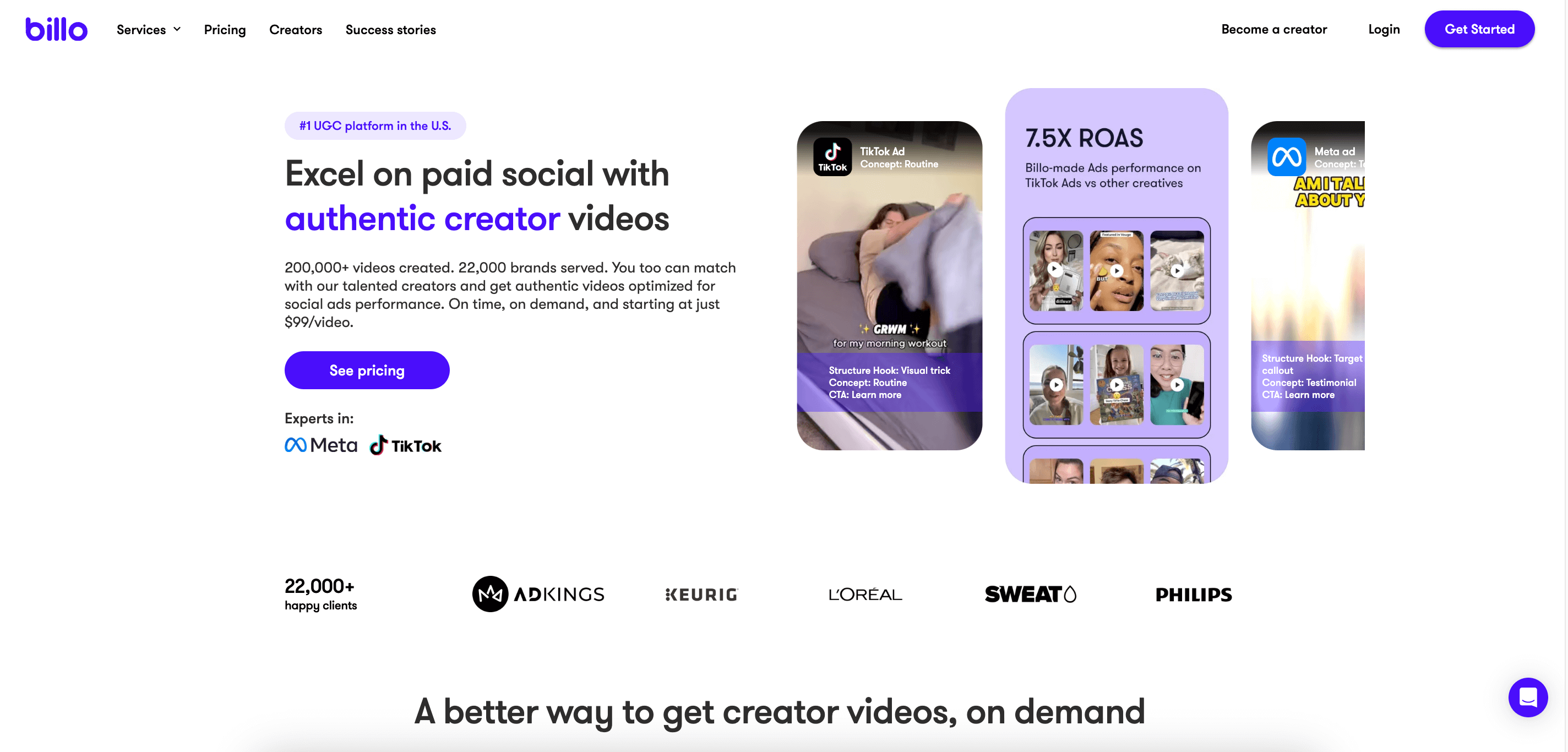
Billo is perhaps the ultimate Tagbox alternative, but not because it’s another UGC platform. Billo is the Creator Marketing Stack that transforms creator-made videos into a full growth channel.
Trusted by over 22,000 brands including L’Oréal and Philips, Billo has powered more than 200,000 performance-driven ads across Meta, TikTok, YouTube, and beyond. Where Tagbox focuses on user content aggregation, Billo goes further – helping brands predict, produce, and scale creator ads that are proven to convert.
Billo CreativeOps™ engine uses insights from 150,000+ ads and $280M in tracked purchase value to recommend winning concepts, match the right creators, and generate variations that scale. That means your content isn’t just authentic, it’s backed by evidence, built for performance, and designed to keep improving with every launch.
And with clear pricing starting at $99 per video, Billo makes performance-focused creator marketing scalable for startups, agencies, and global brands alike.
Key features:
- Performance-first creative briefs. Generate data-backed concepts tailored to your goals.
- Proven creator network. Thousands of vetted creators matched by niche and historical performance.
- End-to-end workflow. Briefing, production, delivery, and performance measurement in one platform.
- Built for scale. Test angles fast, identify winners, and compound results into long-term growth.
| Pros | Cons |
|---|---|
| Evidence-based creative direction, not just guesswork | Focused solely on video ads (not static UGC or image galleries) |
| Transparent pricing and scalable content output | Smaller creator pool compared to influencer-heavy platforms – but curated for quality and performance |
| Workflow designed for speed and growth – no messy DMs or admin |
2. InSense
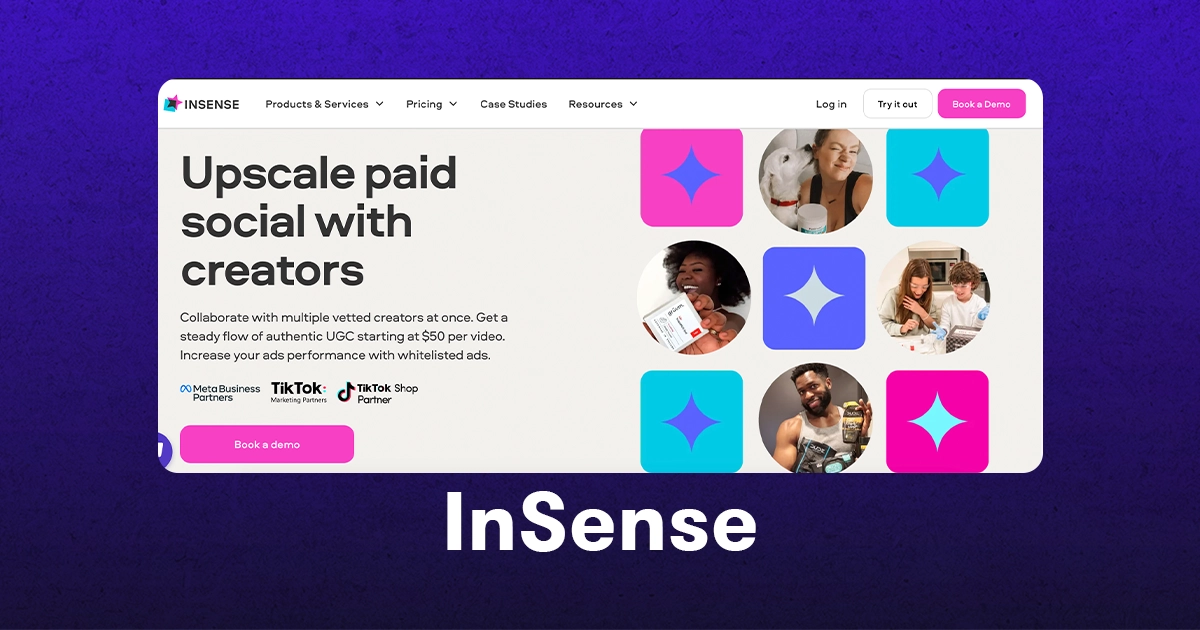
InSense is an advanced UGC management platform with access to over 20,000 content creators (as of Q4 2024). The solution targets direct-to-consumer and ecommerce brands, making it a suitable option for marketing agencies operating in these verticals.
InSense promises to connect clients with diverse and organic UGC. It believes brands are best served when they can run ads directly from creators without requiring licensing or jumping through hoops.
Key features:
- Easy UGC management: InSense makes it straightforward to manage creator collaborations and content use rights, simplifying the brand scaling process
- Marketplace for creators: InSense maintains a substantial creator and influencer marketplace, making it straightforward to connect with brand ambassadors from across industries. Campaign search tools make it simpler to find suitable individuals for specific campaigns
- Ad licensing arrangements: Brands can run ads through creator accounts using special InSense licensing features, an approach that aims to improve the reach and authenticity of paid social
| Pros | Cons |
|---|---|
| Extensive creator network in fashion, beauty, fitness, and other niches | E-commerce focus could be unsuitable for some brands |
| Bespoke managed UGC plans for businesses of all sizes | Less API integration than other Tagbox alternatives |
| Ability to streamline creator communications via various in-built tools |
3. Bazaarvoice
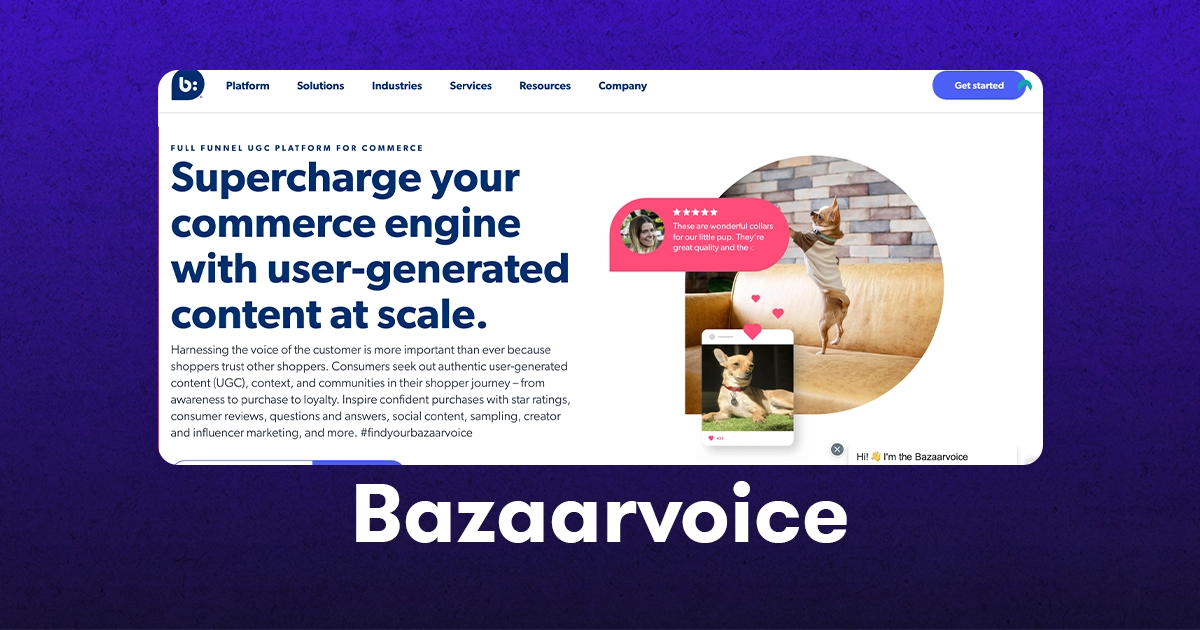
Bazaarvoice is a specialized service that collates diverse UGC content, including posts/videos, reviews, and ratings. The platform aims to build a corpus of UGC retailers and other vendors brands can use to promote themselves.
Part of Bazaarvoice’s appeal is its applicability across numerous channels. All the UGC it hosts is authentic and generated by real consumers, ready to use.
It also has a syndication feature that lets firms share UGC across partners in their retail and distribution networks. Customer reviews appear consistently across sales channels, enabling superior outreach.
Key features:
- Product samples: Bazaarvoice facilitates services where consumers receive free product samples in exchange for honest, transparent reviews
- Comprehensive analytics: Bazaarvoice provides detailed analytics on performance, sentiment, and how UGC-specific campaigns influence sales and marketing efforts
- Visual and social content: Brands can use Bazaarvoice to collect customer photos and videos from numerous channels to support their product pages and other outreach forms
| Pros | Cons |
|---|---|
| Industry-leading analytics capabilities for firms requiring granular UGC data | Higher cost than some other Tagbox alternatives |
| Broader syndication than most other solutions, offering increased visibility | A more complex set up is required, often necessitating staff training |
| Enhanced consumer trust through vetted, genuine UGC | Fewer review format customization options than other premium solutions |
4. Fiverr
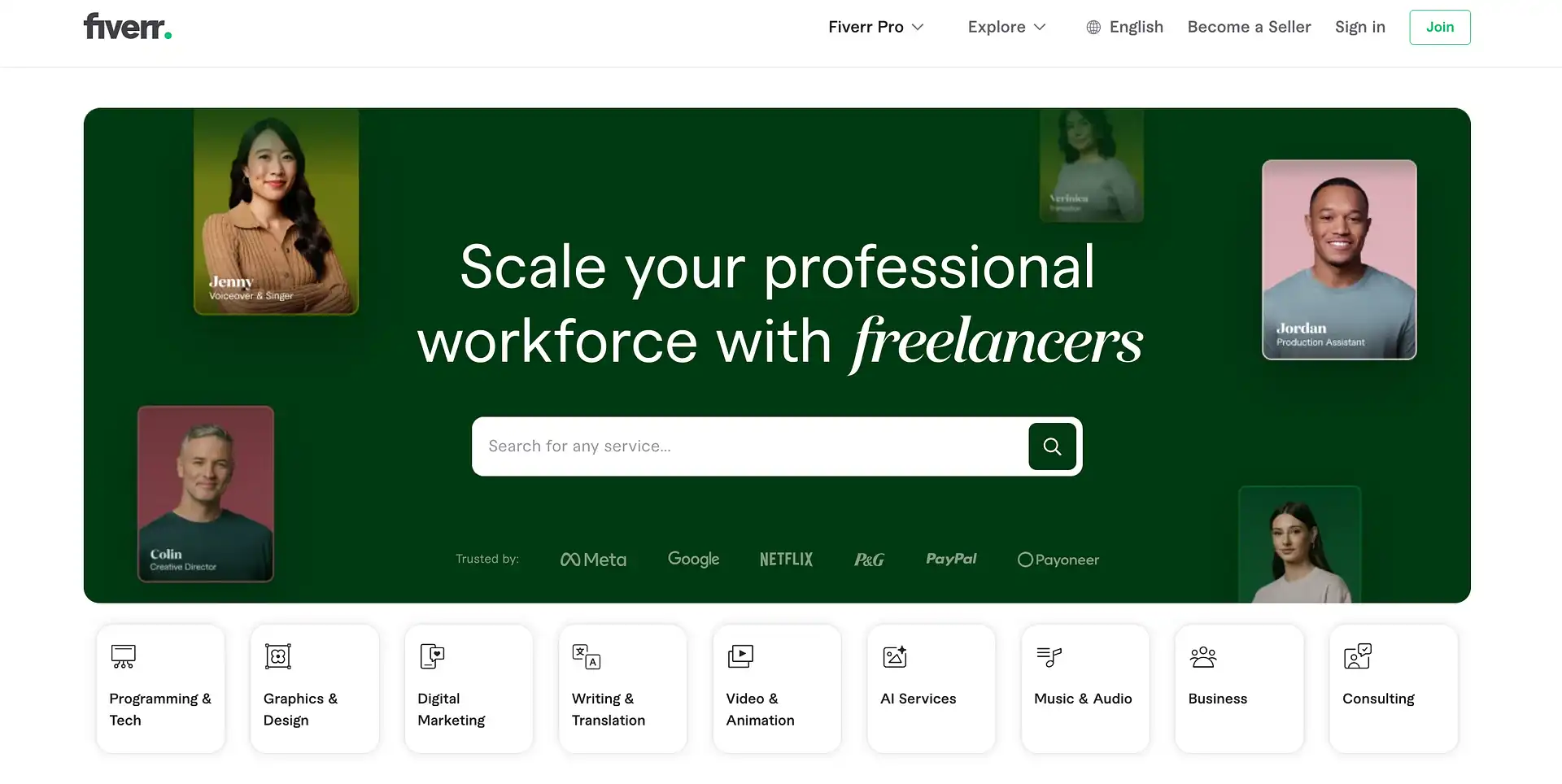
For many businesses, Fiverr is the default Tagbot alternative. The online freelance marketplace brings together individuals with marketable tech, design, writing, and advertising skills, making it simple to source user-generated content.
Fiverr isn’t a dedicated UGC platform, but many influencers use it to sell their services to brands. And while it is becoming highly commercialized, it is still possible to find independent, authentic individuals who can create UGC according to requirements.
Furthermore, it is affordable. Some businesses pay as little as $5 for each piece of Fiverr UGC they add to their websites and socials.
Key features:
- Ability to hold payments in escrow: Fiverr holds onto money as a trusted third-party until each side of the transaction is happy, reducing risks for firms dabbling in UGC for the firm time.
- Fiverr Pro: Fiverr pre-vets professionals using this service, giving them its badge of honor. These individuals offer higher quality or more expertise than standard site freelancers.
- Service marketplace: Fiverr’s service marketplace covers virtually all industries, including UGC
| Pros | Cons |
|---|---|
| Industry-leading analytics capabilities for firms requiring granular UGC data | Higher cost than some other Tagbox alternatives |
| Broader syndication than most other solutions, offering increased visibility | A more complex set up is required, often necessitating staff training |
| Enhanced consumer trust through vetted, genuine UGC | Fewer review format customization options than other premium solutions |
5. Heartbeat
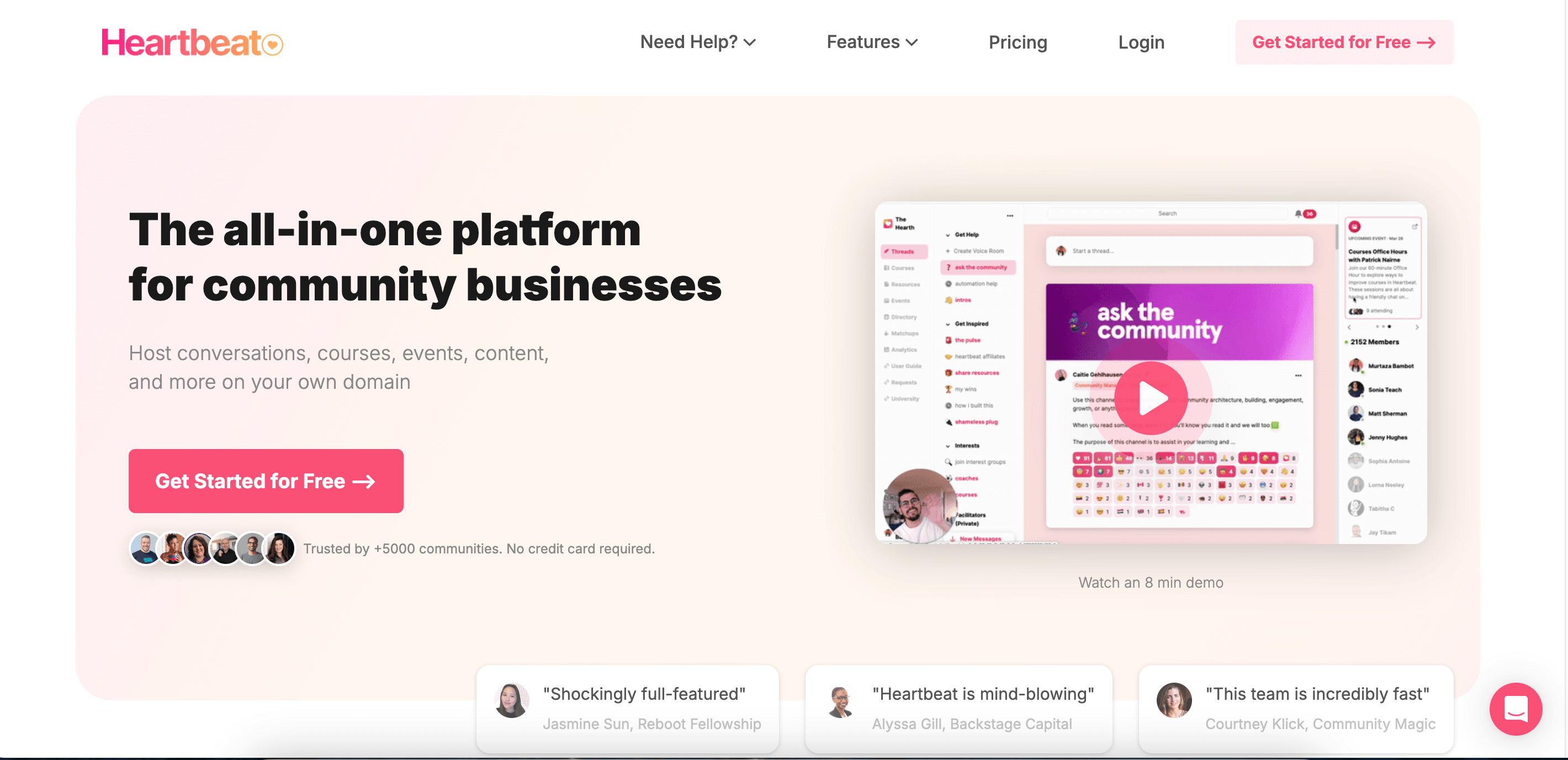
Heartbeat is a UGC platform focusing on micro-influencer marketing. It targets smaller companies looking to grow their market footprint from the ground up, often on blogs on small social media channels.
Heartbeat began with community-driven strategies on TikTok. Then, the app integrates with numerous platforms and tools, making it more comprehensive and accessible. Currently, over 5,000 communities use it to drive awareness.
Key Features:
- Micro-influencer library: Heartbeat maintains a massive network of influencers with fewer than 100,000 followers, working with them to generate more engaging content
- Long-term relationship focus: Heartbeat believes in building community engagement over time and maintaining relationships with key influencers
- Advanced campaign management: Brands using the platform can benefit from automated reporting and content approval workflows
| Pros | Cons |
|---|---|
| Real UGC from micro-influencers across niches | Focuses on micro-influencers, limiting opportunities for reaching mass markets |
| Easy-to-scale UGC campaigns with the ability to gather vast quantities of content quickly | Platform fees may be a drawback for those on limited budgets |
| Long-term relationship focus for added brand value | No focus on other UGC modalities, like customer photos and reviews |
6. TINT
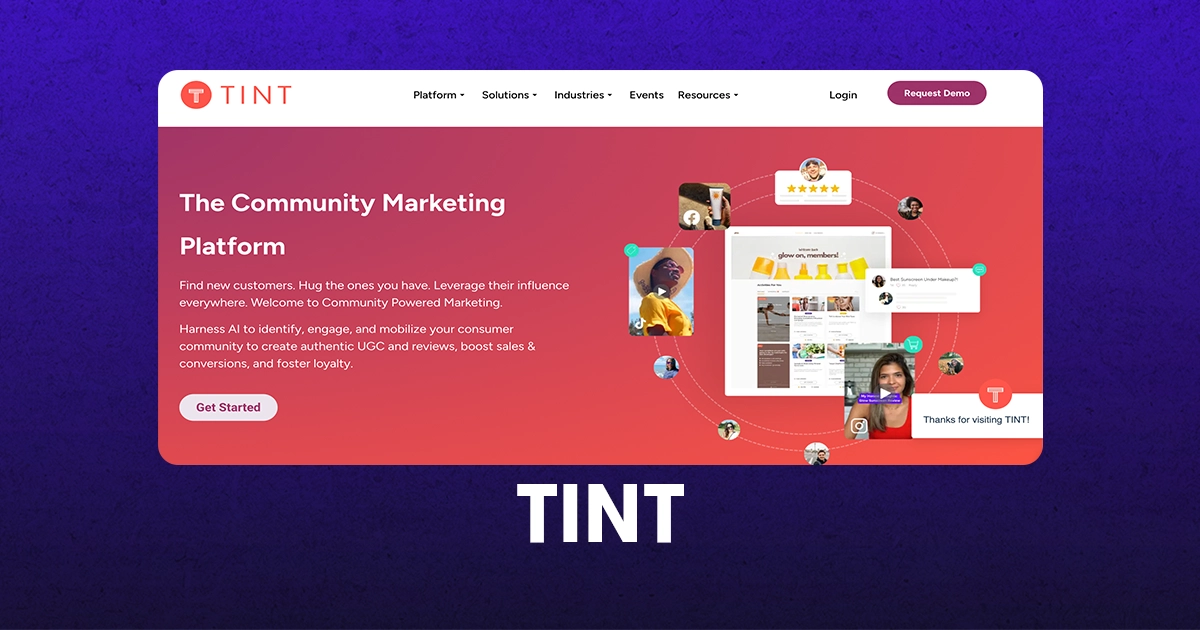
TINT is a purpose-built UGC platform and one of the most popular Tagbox alternatives. It presents itself as a community marketing hub, allowing individuals to use AI to identify and mobilize consumer communities.
TINT allows brands to develop high-quality UGC at scale. The company simplifies connection with audiences through trusted, high-converting channels, welcoming creators, influencers, and brand ambassadors.
Key features:
- AI Segmentation: TINT can take in data and churn out action, allowing brands to create experiences that resonate with their audiences on a personal level using UGC.
- Zero-party data engine: TINT guarantees companies will own their data and be able to deliver it to their audiences rapidly
- Advanced moderation tools: TINT lets brands filter approved and disapproved UGC before displaying it, reducing risks and administration costs
| Pros | Cons |
|---|---|
| Full customization of UGC displays, enabling multi-channel tailoring | Time-consuming moderation tools that can be labor-intensive |
| Fosters a sense of trust and authenticity | Higher price than similar alternatives, making it less affordable for smaller brands |
| Ability to integrate TINT with numerous platforms, including Hootsuite and Shopify | Difficult analytical tools and steep learning curve |
7. TRIBE
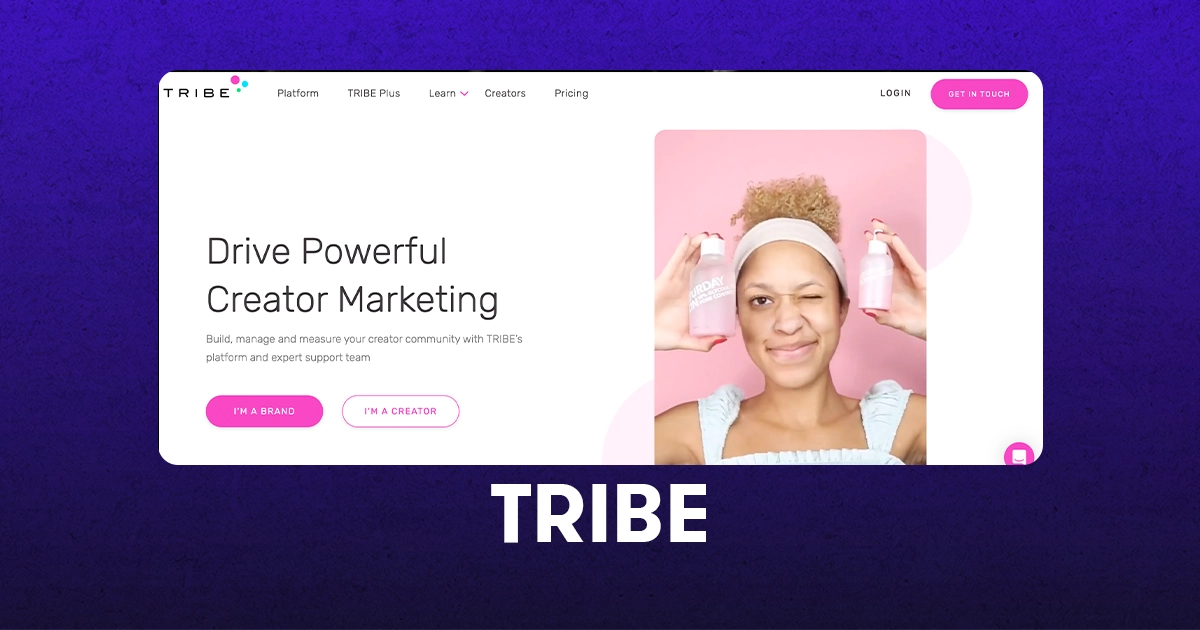
TRIBE is another Tagbox alternative celebrated for bringing brands and creators together. It focuses on streamlining campaigns and prioritizing ROI.
TRIBE’s standout feature is its massive creator network. It currently has over 80,000 people on its books, allowing companies in most verticals to reach their audiences.
Furthermore, firms can bring their own communities with Brand-Fans Groups. These enable campaigns to run instantly from within the platform.
Key features:
- AI discovery tools: TRIBE offers artificial intelligence analysis features to find high-performing creators in specific niches and target them
- Pitching solutions: TRIBE has a system that allows UGC creators to pitch their creations to branding briefs, showing what they will do ahead of time
- Automation features: TRIBE allows companies to work smarter, not harder, with consolidated influencer management, content approvals, legal, and payments
| Pros | Cons |
|---|---|
| Cost effective compared to some other platforms | Content quality may not be up to a high standard |
| A diverse range of content available for niche brands | Fewer platform customization options compared to similar solutions |
| AI tools to improve social media engagement rates | Moderation challenges may make it more challenging to process UGC |
Best Tagbox Alternatives Summary
So there you have it: our list of Tagbox alternatives for UGC. Which you choose will depend on your brand’s size, needs and goals. Don’t be afraid of testing several of them out to find the perfect fit.
Looking for more tool ideas? You may want to see:
Eager to begin? Explore the 5000+ vetted creators on Billo!
Creative Manager
With over 7 years of e-commerce experience, Agne has mastered the balance of creativity and performance. From guiding social media strategies to crafting high-converting ads, she’s all about results.
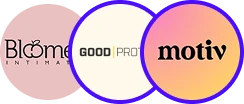
Authentic creator videos, powered by real performance data
22,000+ brands use Billo to turn UGC into high-ROAS video ads.
Common UGC Brief Mistakes Brands Still Make in...
A vague or overpacked brief derails campaigns before they start, [...]...
Read full articleOrganic UGC vs Paid UGC: How Top Brands Drive Gr...
More brands are turning to user-generated content (UGC) to fuel [...]...
Read full articleOrganic UGC: How to Turn Native Creator Posts in...
Short-form feeds spotlight content that feels natural, not like ads. [...]...
Read full article


